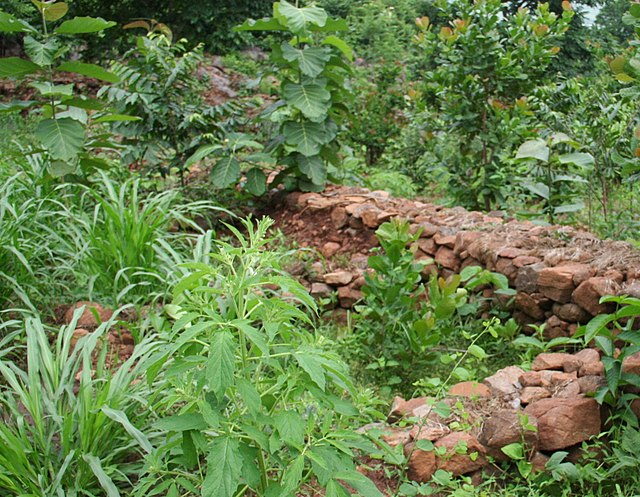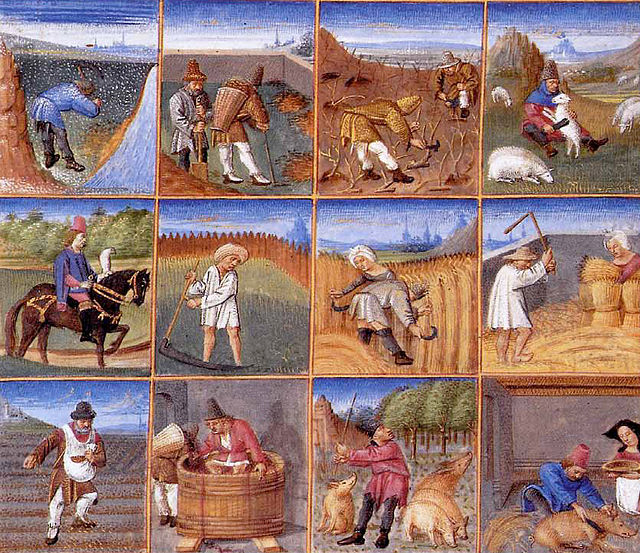Sustainable agriculture is farming in sustainable ways meeting society's present food and textile needs, without compromising the ability for current or future generations to meet their needs. It can be based on an understanding of ecosystem services. There are many methods to increase the sustainability of agriculture. When developing agriculture within sustainable food systems, it is important to develop flexible business processes and farming practices. Agriculture has an enormous environmental footprint, playing a significant role in causing climate change, water scarcity, water pollution, land degradation, deforestation and other processes; it is simultaneously causing environmental changes and being impacted by these changes. Sustainable agriculture consists of environment friendly methods of farming that allow the production of crops or livestock without causing damage to human or natural systems. It involves preventing adverse effects on soil, water, biodiversity, and surrounding or downstream resources, as well as to those working or living on the farm or in neighboring areas. Elements of sustainable agriculture can include permaculture, agroforestry, mixed farming, multiple cropping, and crop rotation.

Shade-grown coffee, a form of polyculture (an example of sustainable agriculture) in imitation of natural ecosystems. Trees provide resources for the coffee plants such as shade, nutrients, and soil structure; the farmers harvest coffee and timber.
Traditional farming methods have a low carbon footprint.[citation needed]
Conservation farming in Zambia
Walls built to avoid water run-off, Andhra Pradesh, India
Agriculture encompasses crop and livestock production, aquaculture, fisheries, and forestry for food and non-food products. Agriculture was the key development in the rise of sedentary human civilization, whereby farming of domesticated species created food surpluses that enabled people to live in cities. While humans started gathering grains at least 105,000 years ago, nascent farmers only began planting them around 11,500 years ago. Sheep, goats, pigs, and cattle were domesticated around 10,000 years ago. Plants were independently cultivated in at least 11 regions of the world. In the 20th century, industrial agriculture based on large-scale monocultures came to dominate agricultural output.
Winnowing grain in Ethiopia.
Centres of origin, as numbered by Nikolai Vavilov in the 1930s. Area 3 is no longer recognised as a centre of origin New Guinea (area P) was identified more recently.
Agricultural scenes of threshing, a grain store, harvesting with sickles, digging, tree-cutting and ploughing from ancient Egypt. Tomb of Nakht, 15th century BC
Agricultural calendar, c. 1470, from a manuscript of Pietro de Crescenzi


![Traditional farming methods have a low carbon footprint.[citation needed]](https://upload.wikimedia.org/wikipedia/commons/thumb/7/74/Traditional_ploughing_-_Karnataka.jpg/640px-Traditional_ploughing_-_Karnataka.jpg)





